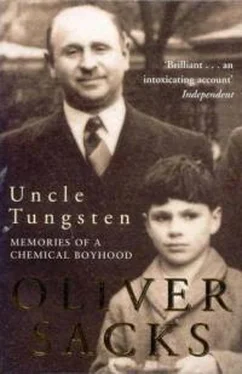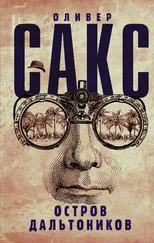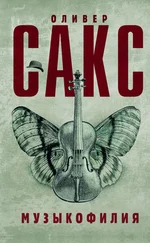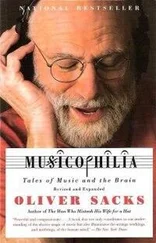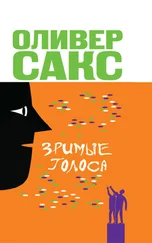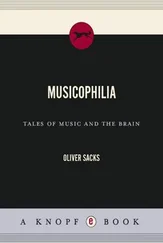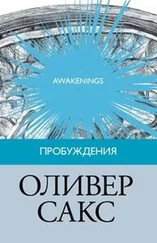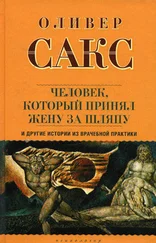My Uncle Abe, a few years older than Uncle Dave, had a vivid memory of this discovery, and of how their somewhat dimly lit house in Leman Street was suddenly transformed by the new incandescent mantles. He remembered too how there had been a great thorium rush: in the course of a few weeks thorium rose to ten times its previous price and a desperate search began for new sources of the element.
Edison, in America, was also a pioneer experimenter on the incandescence of various rare earths, but had failed to make the breakthrough that Auer did, and had turned his attention in the late 1870 sto perfecting a different sort of light, an electric light. Swan, in England, and several others, had started experimenting with platinum bulbs in the 1860 s(Uncle had one of these early Swan bulbs in his cabinet); and Edison, intensely competitive, now joined the race, but found, like Swan, that there were major difficulties: platinum’s melting point, though high, was not high enough.
Edison experimented with many other metals with higher melting points to get a workable filament, but none proved suitable. Then in 1879 he had a brainwave. Carbon had a much higher melting point than any metal – no one had ever been able to melt it – and though it conducted electricity, it had a high resistance, which would make it heat up and incandesce more easily. Edison tried making spirals of elemental carbon, akin to the metal spirals in earlier filaments, but these carbon spirals fell apart. His solution – almost absurdly simple, though it took an act of genius on his part to see it – was to take an organic fiber (paper, wood, bamboo, linen or cotton thread) and burn it, leaving a skeleton of carbon sufficiently strong to hold together and conduct a current. If these filaments were inserted into evacuated bulbs, they could provide a steady light for hundreds of hours.
Edison’s bulbs opened up the possibility of a real revolution – though, of course, they had to be tied to a whole new system of dynamos and power lines. ‘The first central electrical system in the world was constructed by Edison right here in 1882’, Uncle said, taking me to the window and motioning toward the streets below. ‘Big steam dynamos were installed on Holborn Viaduct, over there, and they supplied three thousand electric lightbulbs along the Viaduct, and on Farringdon Bridge Road.’
The 1880 s, then, were dominated by electric bulbs and the setting up of a whole network of power stations and power lines. But then in 1891, Auer’s perfected gas mantles, which were highly efficient and moderately priced (and could use existing gas lines), mounted a serious challenge to the young industry of electric light. My uncles had told me about the fight between electric and gas lighting when they were young, and how the balance kept shifting in favor of one or the other. Many houses built in this era – including ours – had been equipped for both, as it was unclear which would win out in the end. (Even fifty years later, in my boyhood, there were many streets in London, especially in the City, that were still lit by gas mantles, and sometimes at dusk one could see the lamplighter with his tall pole, going from one streetlamp to another, lighting them one by one. I loved to watch this.)
But for all their virtues, the carbon bulbs had problems. They were fragile and became more so with use, and they could only be run at a relatively low temperature, so one had a dullish yellow light, not a brilliant white one.
Was there any way out of this? One needed a material with a melting point almost as high as carbon’s, or at least around 3,000°C, but with a toughness a thread of carbon could never have – and only three such metals were known: osmium, tantalum, and tungsten. Uncle Dave seemed to become more animated at this point. He admired Edison and his ingenuity enormously, but carbon filaments, it was obvious, were not to his taste. A respectable filament, he seemed to feel, had to be made of metal, for only metals could be drawn to form proper wires. A wire of soot, he sniffed, was a contradiction in terms, and it was astounding that they held up as well as they did.
The first osmium bulbs were made in 1897 by Auer, and Uncle Dave had one of these in his cabinet. But osmium was very rare – the total world production was only fifteen pounds a year – and very costly. It was almost impossible then to draw osmium into wire, so the osmium powder had to be mixed with a binder and squirted into a mold, the binder being subsequently burned off. These osmium filaments, moreover, were very fragile and would break if the bulbs were turned upside down.
Tantalum had been known for a century or more, though there had always been great difficulties in purifying and working it. By 1905 it became possible to purify the metal enough to draw it into wires, and with tantalum filaments, incandescent bulbs could be mass-produced cheaply and compete with carbon bulbs in a way never possible with osmium bulbs. But to get the requisite resistance, one had to use a great length of spidery-thin wire, zigzagging it inside the bulb to make a complex cagelike filament. Though tantalum softened a little when heated, these filaments were nonetheless highly successful, and finally challenged the hegemony of the gas mantle. ‘Suddenly’, Uncle said, ‘tantalum bulbs were all the rage.’
Tantalum bulbs continued to be the rage until the First World War, but even at the height of their popularity, another filament metal, tungsten, was being explored. The first viable tungsten lamps were made in 1911, and could operate briefly at very high temperatures, though they would soon blacken with the evaporation of tungsten and its deposition on the inner surface of the glass. This challenged the ingenuity of Irving Langmuir, an American chemist who suggested the use of an unreactive gas to exert a positive pressure on the filament, and thus reduce its evaporation. An absolutely inert gas was called for, and an obvious candidate was argon, which had been isolated fifteen years before. But the use of gas filling in turn led to another problem: massive heat loss from convection through the gas. The answer to this, Langmuir realized, was to have as compact a filament as possible, a tightly coiled helix of wire, not a spread-out spiderweb. Such a tight coil could be made with tungsten, and in 1913, all this was put together: finely drawn tungsten wire, tightly coiled helices, in a bulb filled with argon. It was evident, at this point, that the days of the tantalum bulb were numbered, and that tungsten – tougher, cheaper, more efficient – would soon replace it (although this could not happen until after the war, when argon became available in commercial quantities). It was at this point that many manufacturers turned to making tungsten bulbs, and that Uncle Dave, with several of his brothers (and three of his wife’s brothers, the Wechslers, also chemists), pooled their resources and founded their firm, Turigstalite.
Uncle Dave loved telling me this saga, much of which he had lived through himself, and its pioneers were heroes to him, not least because they had been able to combine a passion for pure science with strong practical and business sense (Langmuir, he told me, was the first industrial chemist ever to get a Nobel prize).
Uncle Dave’s bulbs were larger than Osram, or GE, or other electric bulbs on the market – larger, heavier, and almost absurdly robust, and they seemed to last forever. Sometimes I longed for them to expire, so I could then smash them (not easy) and pull out the tungsten filaments and their molybdenum supports, and then have the pleasure of going to the triangular cupboard under the stairs to get a new, mint bulb, wrapped in its crinkled cardboard cylinder. Other people bought their electric bulbs one at a time, but we were sent cartons straight from the factory, a few dozen bulbs at a time – 60-watt and 100-watt bulbs for the most part, though we used little 15-watt bulbs for cupboards and night-lights, and a blazing 300-watt bulb as a beacon on the front porch. Uncle Tungsten made lightbulbs of all sorts and sizes, from dinky 1½-volt bulbs designed for little penlights to immense bulbs used for football fields or search-lights. There were also bulbs of special shapes, designed for instrument dials, ophthalmoscopes, and other medical instruments; and (despite Uncle’s attachment to tungsten) bulbs with filaments of tantalum for use in cinema projectors and on trains. Such filaments were less efficient, less capable of higher temperatures than tungsten, but more resistant to vibration. These, too, I liked to break open when they went pfft!, so I could extract the tantalum wire inside and add it to my growing stock of metals and chemicals.
Читать дальше
